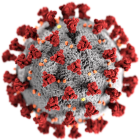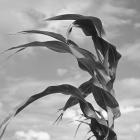Interview with Judkin Browning and Timothy Silver, authors of An Environmental History of the Civil War
In this episode from the New Books Network podcast, Judkin Browning and Timothy Silver are interviewed on their new book, An Environmental History of the Civil War.







